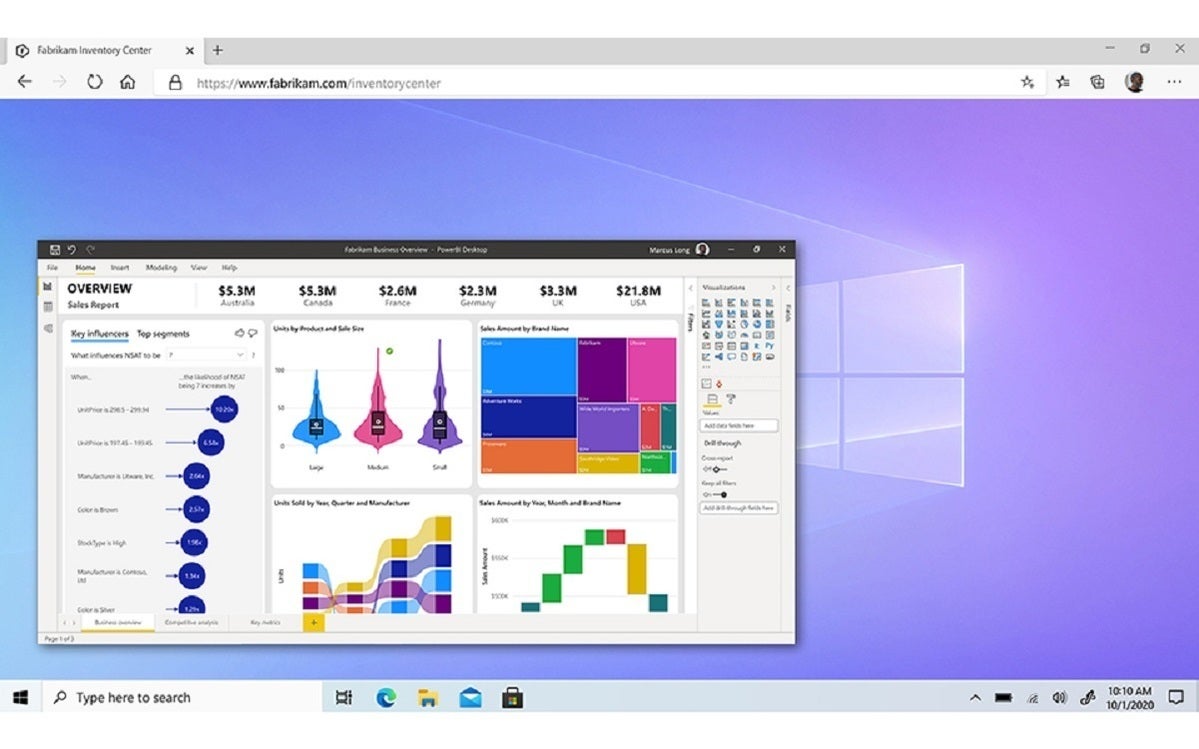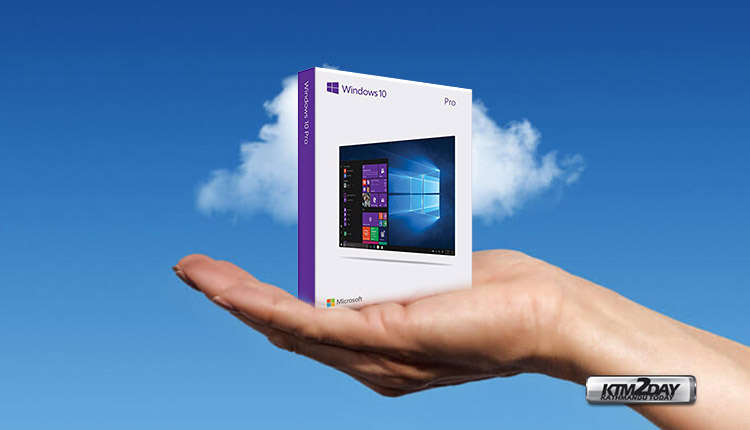

- #Local cloud windows 10 how to#
- #Local cloud windows 10 drivers#
- #Local cloud windows 10 update#
- #Local cloud windows 10 windows 10#
You can find your default recording location for local recordings in your Zoom client settings.
#Local cloud windows 10 how to#
How to view or change the default file location for local recordings Note: If there are issues opening or playing the file, check the default recording location and ensure the files are in the correct place.
(Optional) Follow the steps to share a local recording if you want others to see your recording. Refresh icon : Refresh the recording list if you don't see your recording. Delete: Permanently delete the recording from your computer. Play Audio: Play the recorded meeting audio with your computer's default media player. Play Video: Play the recorded meeting using your computer's default media player. The file format displayed in the folder indicates its type (video, audio, etc). Open: Open the folder that contains the recording files. You can access these options to manage your local recordings:. If you have a local recording that hasn't been converted to a video file yet, click Convert to convert the recording to a video file and display the options below. If you only see the Open option, it means the recording is a cloud recording. Local recordings display the file path and options to open, play, or delete the recording. Click the Recorded tab and select the meeting with a local recording. Open the Zoom desktop client and click the Meetings tab. If you're issues converting a local recording, see our troubleshooting suggestions. You must follow the steps below to convert the files. Note: For versions 4.6.10 or higher, you can't convert local recording files by double-clicking the Zoom files. How to access and convert local recording files with the desktop client How to find the default location for local recording filesīy default, local recordings will be placed in following directory: Zoom client for macOS, 3.0228 or higher.  Zoom desktop client for Windows, 3.0228 or higher. To view a list of local recordings in the web portal, meeting/webinar must be recorded using:. Prerequisites for accessing local recordings How to access a list of local recordings using the web portal. How to view or change the default file location for local recordings. How to access and convert local recording files with the desktop client. How to find the default location for local recording files. Note: If you recorded a meeting or webinar to the cloud, you can manage your cloud recordings in the Zoom web portal. Check out the blog post for more details.If you recorded your meeting or webinar locally to your computer, you a can access the local recordings files on the computer that recorded the meeting. You may still need the Fresh Start feature for that. It will also “Apply OEM customizations including preinstalled Windows apps,” so don’t count on it removing all the bloatware your manufacturer installed on your PC.
Zoom desktop client for Windows, 3.0228 or higher. To view a list of local recordings in the web portal, meeting/webinar must be recorded using:. Prerequisites for accessing local recordings How to access a list of local recordings using the web portal. How to view or change the default file location for local recordings. How to access and convert local recording files with the desktop client. How to find the default location for local recording files. Note: If you recorded a meeting or webinar to the cloud, you can manage your cloud recordings in the Zoom web portal. Check out the blog post for more details.If you recorded your meeting or webinar locally to your computer, you a can access the local recordings files on the computer that recorded the meeting. You may still need the Fresh Start feature for that. It will also “Apply OEM customizations including preinstalled Windows apps,” so don’t count on it removing all the bloatware your manufacturer installed on your PC. #Local cloud windows 10 drivers#
The installation process will gather the drivers from your current Windows system, ensuring your hardware will continue working. In summary, Windows will download the files and then reboot into Windows RE, the Windows Recovery Environment. Lower explains exactly what happens during the reset process, too. After you’ve chosen to either keep your files or remove everything from your PC, you can choose “Cloud Download” to download the installation files from Microsoft’s servers or “Local Reinstall” to use the local files on your system.
#Local cloud windows 10 update#
To use this feature on Windows 10’s 20H1 update-currently in development-you’ll just have to head to Settings > Update & Security > Recovery and click “Get Started” under Reset This PC.
#Local cloud windows 10 windows 10#
It’s just like creating a USB drive with the latest version of Windows 10 and reinstalling from that-except you don’t have to bother creating installation media. You’ll get the latest files so no big updates will be required afterward.

Now, rather than attempting to gather all the files it needs from your computer’s local storage, Windows can download the latest Windows installation files from Microsoft’s servers.

The new Cloud Download feature avoids these drawbacks.








 0 kommentar(er)
0 kommentar(er)
